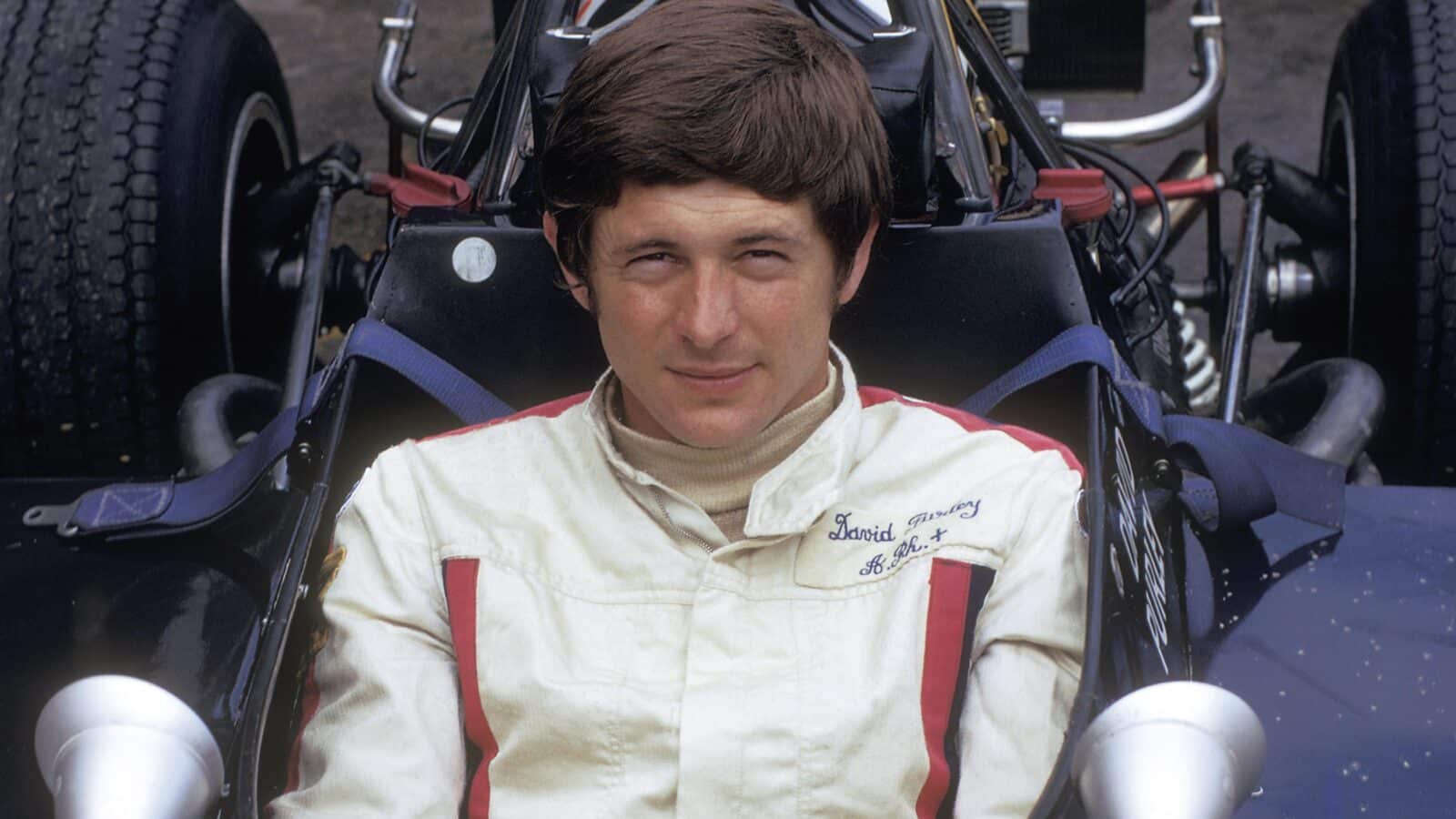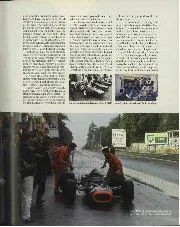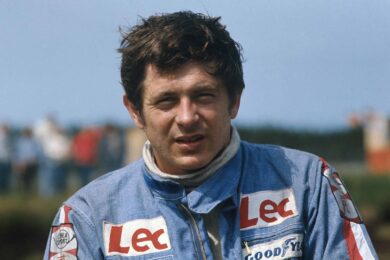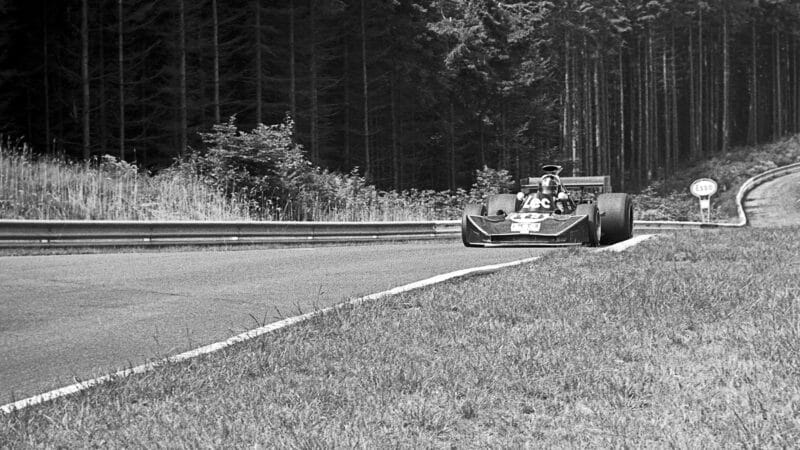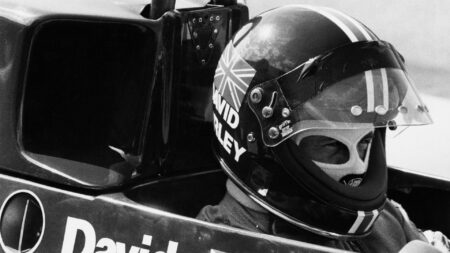Even 25 years ago, David’s views on safety were hardly mainstream. I liked him enormously, not least as he reminded me of Innes Ireland. Both were tough men, genuinely, tough, but also compassionate and kind, with a laconic sense of humour aimed, not infrequently, at themselves. Trudging through the sodden paddock at Zolder after the 1977 Belgian GP, I noticed Purley in conversation with Niki Lauda, and clearly, from their expressions, it was an interview of some heat. At its conclusion, I asked David what it had been about “Well, first of all, come in out of the rain and have some soup,” he smiled.
For Purley the afternoon had been memorable for the fact that briefly he’d led a GP in his privately-entered Lec. Granted, the circumstances had been freak — he had been in front because he stopped later than most to change tyres — but led he had.
Later in the race Lauda was striving to hold off Gunnar Nilsson, and complained that Purley had held him up, causing him to spin. “He said I was in his way — that rabbits like me ought to strop to let aces like him through…”
And your response?
“I told him to bugger off! I said that if an ace in a works Ferrari couldn’t pass a rabbit in a Lec without spinning, he wasn’t a bloody ace in my book…”
At the next race, Purley turned up with a white rabbit sticker on his car. Even the Rat had to laugh.
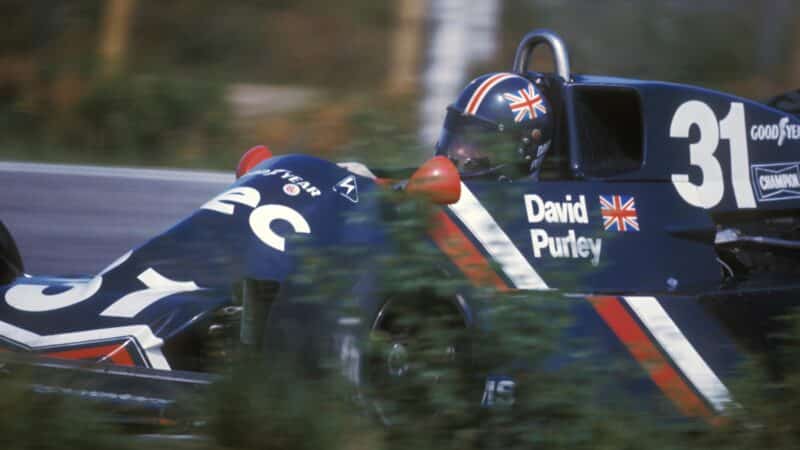
Purley at Anderstorp, 1977
Grand Prix Photo
It was in the dreadful circumstances of Roger Williamson‘s fatal crash at Zandvoort in 1973 that the name of David Purley became known across the world, a fact he rather resented. Television viewers witnessed his attempts to release the trapped driver from his burning March.
“What surprised me is no other drivers stopped to help. There was all this talk of ‘Purley trying to rescue his friend’ and so on, but that wasn’t the case — I didn’t know Roger well at all. What happened was a reflex action. In Aden, if one saw a burning tank one tried to help those inside, and it was the same at Zandvoort. A matter of a man needing help. That car burned for several laps, and all the ‘safety crusaders’ just kept on bombing through the accident scene without even backing off…”
